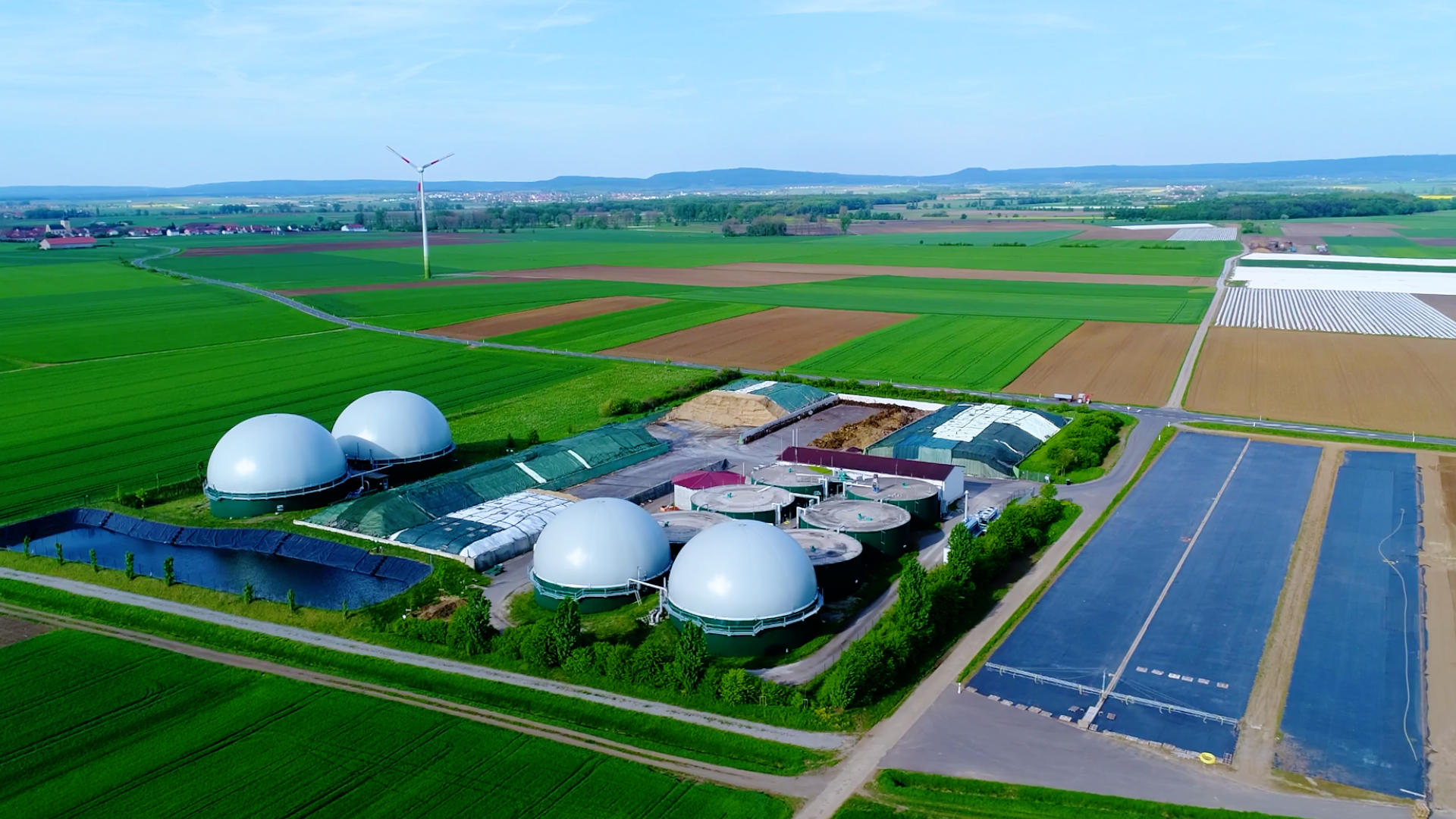The introduction of renewable gas in Spain would reduce the greenhouse gas emissions forecast for 2030 by over 10%
The maximum renewable gas production potential in Spain could be the equivalent of 65% of the current total natural gas demand if it is purposefully developed.
European countries such as Germany, the United Kingdom and Sweden are very advanced in the development of this new energy vector, which Spain seeks to boost with the future Climate Change Act.

If Spain develops all its renewable gas production potential, it could manage to reduce CO2 by 35 million tonnes, that is, over 10% of the greenhouse gas emissions forecast for 2030. This is the equivalent amount of CO2 to that emitted by its entire fleet of cars in one year or that absorbed across all forest areas in Spain in 2017.
This is one of the pieces of data provided by the Naturgy Foundation’s new study, ‘Los gases renovables. Un vector energético emergente’. The publication addresses the development of renewable gases in Spain from a technical, economic and environmental perspective.
The authors, industrial engineering doctor and emeritus professor of Environmental Engineering at the Polytechnic University of Catalonia (UPC), Xavier Flotats, and the UPC civil engineer and expert environmental, waste management and sustainable development advisor, Álvaro Feliu, consider Spain to have significant potential for renewable gas production.
The low band would be the equivalent to a quarter of the current gas demand in Spain, but “up to 65% of the current natural gas demand could be covered with this type of gases, provided that they are purposefully developed and without a great delay,” explained Flotats.
Renewable gases contribute significantly to reducing greenhouse gas emissions (GHG) and to waste management, meaning they are key in the new circular economy and the decarbonisation of the energy system. In this respect, they may actively contribute to the Spanish Circular Economy Strategy, approved this week by the Spanish government. “Although Spain still has a way to go, it has notable potential in this field, which is fundamental for achieving the targets in the fight to control climate change,” explained Flotats.
In order for it to develop, the authors both agree that decisive policies that incentivise its use and implementation are required. In the future, this energy vector will be an active player as a renewable energy source, facilitating the integration of gas and electrical systems, supporting efficient waste management and contributing to the circular economy.
One of the most important measures for promoting its implementation relates to the guarantee of origin mechanism, which most European countries already have. Although it is still not in operation in Spain, it’s implementation is provided for in the draft of the Climate Change and Energy Transition Act, which was recently presented by the government.
“The implementation of this certification system for producers, intermediaries and consumers is essential in Spain in order to develop the market, and it must be a reality as soon as possible, without waiting for the transposition of the renewable energy directive, which ends in June 2021,” said Feliu.
Spain’s position compared to the EU
Developing Spain’s potential involves definitively boosting renewable gases to reach the levels already achieved in other European countries, especially with regards to biomethane. In Spain, a significant amount of biodegradable organic waste and agricultural and forest waste (close to 40% of Spanish land is occupied by forests) is not used properly.
In Europe, there are over 540 biomethane production plants, while there is only one in Spain. In particular, 66% of the plants (357) are located in three countries: Germany (leader with 195 and 50% of European production), the United Kingdom and Sweden, while other countries such as France, Italy, the Netherlands and Denmark already have measures to promote its development.
Meanwhile, in accordance with the targets for electricity production from renewable origin set in Spain and the rest of Europe, hydrogen production, either for local use or injection in gas infrastructure, must be developed (as is starting to happen in other European Union countries) given its potential as an energy vector in the energy transition.
According to the analysis by Flotats and Feliu, Spain must focus its efforts by considering its climate conditions, availability of resources and the existing gas system. “The entire gas sector must continue to be involved in the necessary technological development, and the competent public administrations must support this task and create a stable and sufficient regulatory framework to enable the long-term feasibility of investor companies,” stated Feliu.
“The energy sector must implement suitable decarbonisation measures throughout the value chain, at the same time as safeguarding the competitiveness of the economy and security of the supply,” said Flotats. “In addition, other sectors responsible for GHG emissions, such as agriculture, livestock, waste management and certain industrial processes must also modify their activity or adopt technology that minimises their emissions and produces renewable resources,” he concluded.
In the EU's 2030 agenda and the European Green Deal as a road map for the decarbonisation of the economy by 2050, the production and use of energy plays a key role. In this respect, a decarbonised European energy system will include the electricity and gas systems. That is why the European Commission and Member States must provide suitable signals for investors, take advantage of the full potential of the existing systems and provide financing and technological innovation to contribute to the existing decarbonisation targets, as indicated by the authors of the study.
Share